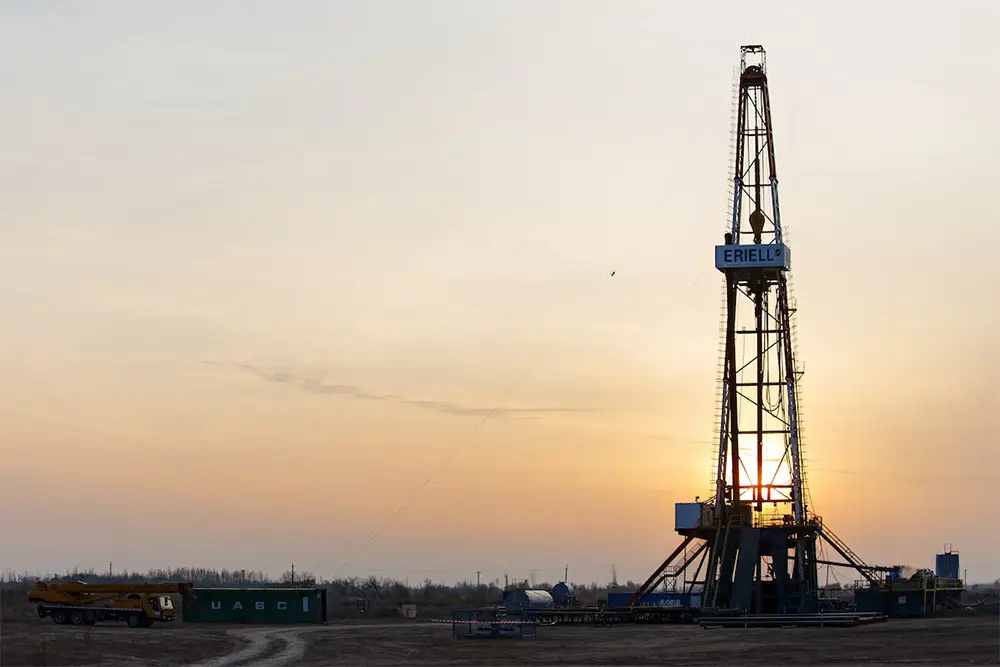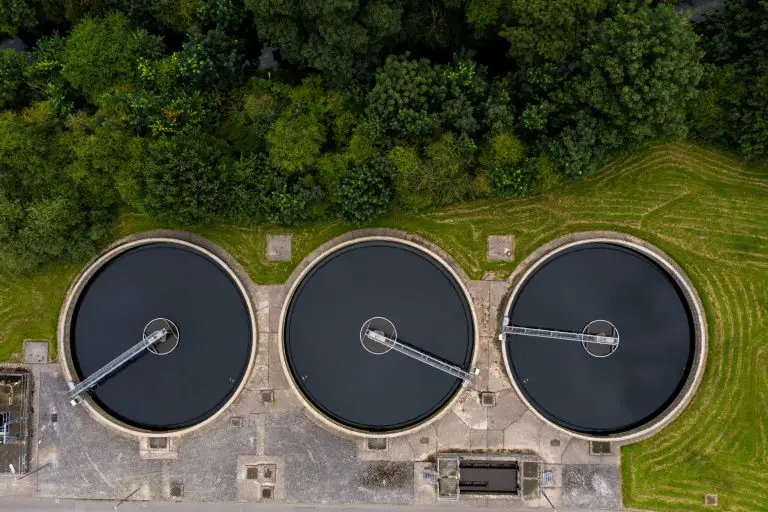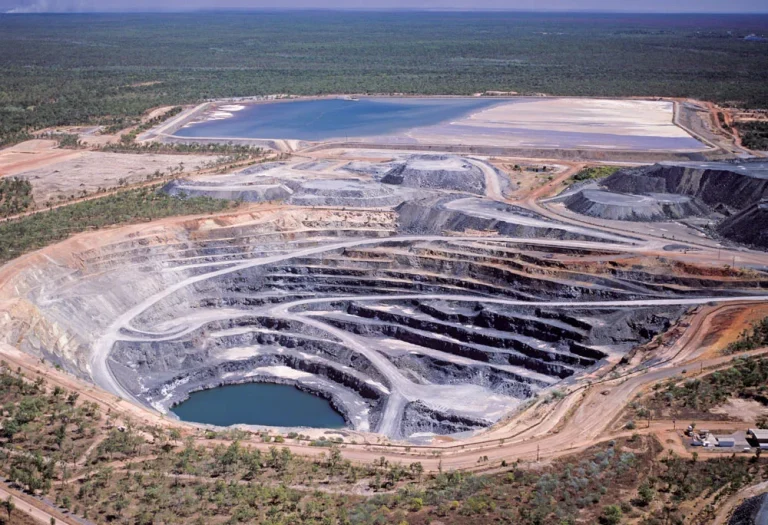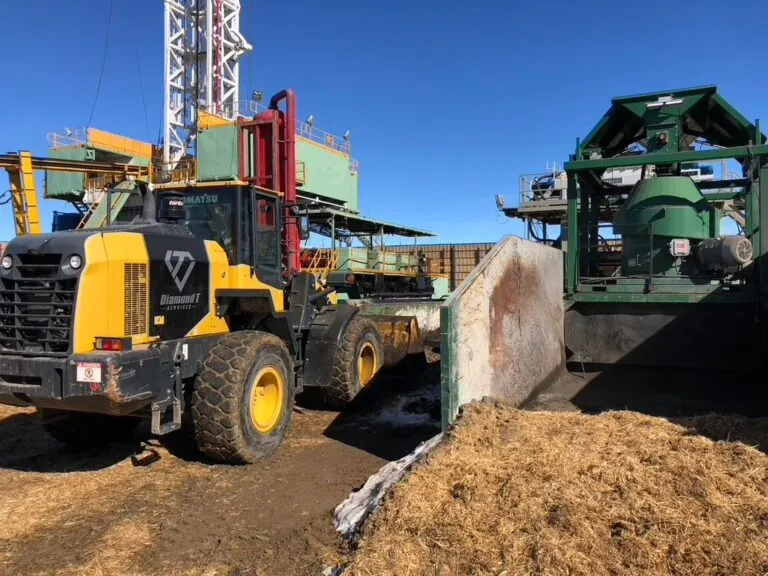Petroleum extraction is an intricate process and makes use of various technologies. Extractable petroleum is typically stuck in layers of permeable rock beneath layers of impermeable rock in which liquids and gasses are trapped.
Petroleum Extraction Defined
Petroleum is extracted in three fundamental stages: primary extraction, secondary extraction, and tertiary extraction. Usually, the amount of petroleum that can be extracted is approximately 60% of the available petroleum.
A conventional source of energy is a source of energy that can only be used once, and petroleum is a conventional source of energy.
Petroleum is removed from underground reservoirs with conventional pumping and drilling techniques. Petroleum is a liquid at atmospheric temperature and pressure, so it goes through a pipeline or wellbore easily. It’s simpler and less costly to recoup conventional oil and it necessitates less processing after extraction.
What is Oil Extraction?
Oil extraction is a method that denotes the production and exploration of petroleum from wells. Oil extraction businesses might run oil wells according to their projects or function as service providers.
The Extraction Process
Step 1: Rig Site Preparation
To get ready for drilling, pads, and access roads are constructed and safety procedures are enforced.
Step 2: Drilling
The drill rig is brought to the location and then put together. Next, the surface hole is drilled down to 100 feet under the bottom aquifer and a steel casing is positioned using cement. At 1000 feet above where the oil is located, the surface hole is rotated horizontally and along the same rock bed.
Step 3: Testing and Cementing
The drill pipe must be removed, and the steel pipe pushed pressed to the bottom upon getting to the target distance. The well casing is also positioned using cement. Before going to the next step, make sure that comprehensive tests have been done to confirm that the pipe is impervious.
Step 4: Well Completion
A perforating gun is dropped into the ground and discharged into the rock layer in the lowest part of the well to make holes that link the rock holding the oil and the wellhead. This step is vital before drillers can tap the oil.
Step 5: Fracking
Fracking fluid is forced, at high speed, through perforating holes to make cracks in the shale rock. Steps 4 and 5 are repeated until the fracking is finished.
Step 6: Fracking Fluid Recycling
After the oil travels up, the fracking fluid can be retrieved and recycled.
Step 7: Well Abandonment and Land Restoration
While environmental conservation practices can differ per state, one model of a practical oil extraction process is observed in Colorado. The Colorado law states that the well must be permanently closed, and the land is restored to the way it was before the drilling operations began. Eventually, the land may be used again for other reasons, giving no indication that a well was once there.
Our complete line of oilfield equipment rentals includes access matting, lights, rig heaters, and more. Call us when you’re ready to start your next project.






